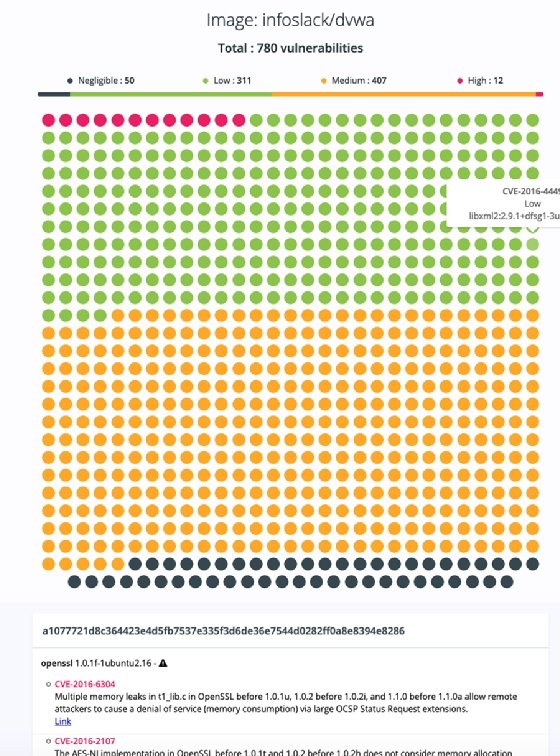
- Top vulnerability scanners 2016 android#
- Top vulnerability scanners 2016 trial#
- Top vulnerability scanners 2016 Bluetooth#
Top vulnerability scanners 2016 trial#
Using an automated vulnerability scanner such as Acunetix is the first step to protect your brand’s online real estate.” Download the 2016 Web Application Security Report or Register for a free trial of Acunetix Online Vulnerability Scanner About Acunetix Vulnerability Scanner (Online edition) Having a plan in place to prioritise these problems – and actually start tackling them – is critical.

They could also move to other systems to escalate the attack even further.Ĭhris Martin, General Manager at Acunetix, says: “Our research clearly shows high-severity web app flaws are on the rise and older vulnerabilities are still hanging around. Organisations need to be clear on what this means – a high-severity vulnerability could allow attackers to gain unauthorised access to data and systems, potentially to sensitive financial, customer, health data and trade secrets. Therefore, today there are significantly more flaws for potential cyber attackers to exploit than 12 months ago. However, app security is not keeping pace with the development cycle, which broadens a brand’s threat surface.

Organisations are under intense pressure to deliver web apps and web services to meet the demands of modern digital customers. On the other hand, Secure Shell (SSH) related vulnerabilities were found to be the most prominent perimeter network vulnerabilities. The second most prominent vulnerability is Vulnerable JavaScript Libraries (which open up a web app to XSS attacks) – this has shown a significant increase, more than doubling since last year. While this research found a minor, but encouraging reduction in security vulnerabilities such as SQL injection and Cross-site Scripting, these web application vulnerabilities are just two of the top three. In addition, 84% of web applications were found to have medium-severity vulnerabilities, while 16% of perimeter network assets were also susceptible to at least one medium severity vulnerability. Results show that not only do 55% of websites have one or more high-severity vulnerabilities, but this has significantly deteriorated in just one year, growing by 9% over 2015’s report. The report looked at 45,000 website and network scans done on 5,700 scan targets from April 2015 to March 2016. Statistics reveal that high-severity vulnerabilities are on the rise and are now present in the majority of websites globally. London, UK – August 2016 – Acunetix, the pioneer in automated web application security software, announces its annual Web App Security Report 2016. Be sure that your patches are up to date.Īrmis’ mission is to eliminate the IoT security blind spot, letting enterprises use IoT and unmanaged devices safely and securely.Vulnerabilities grow by 9% in past 12 months as companies demand faster application release cycles
Top vulnerability scanners 2016 android#
More than 5 billion devices could be vulnerable to “BlueBorne” attacks, but patches exist for Apple, Android and Windows devices. The viewfinder will alert you if this device could be a carrier to a BlueBorne attack. Simply use the screen of your mobile device as a viewfinder to scan your device or locate connected devices in your environment. It can also scan and locate devices that could be vulnerable to the BlueBorne attack vector. This app was specifically designed to scan your device and see if it is vulnerable. Microsoft, Android, Linux, and iOS are issuing updates Impacts devices from Samsung, Google, Windows, Apple and more

Penetrates secure "air-gapped" networks You don’t need to pair with the attacking device.
Top vulnerability scanners 2016 Bluetooth#
It leverages the most serious exploit in Bluetooth to date, and spreads through the air (airborne). With BlueBorne, a hacker can take over your device or set up a man-in-the-middle attack.

It includes 8 zero-day vulnerabilities, 4 of them critical. Check to see if your device - or those around you - is vulnerable to BlueBorne.Īrmis discovered BlueBorne, a new attack vector, endangering major mobile, desktop, and IoT operating systems, including Android, iOS, Windows, and Linux, and the devices using them.


 0 kommentar(er)
0 kommentar(er)
